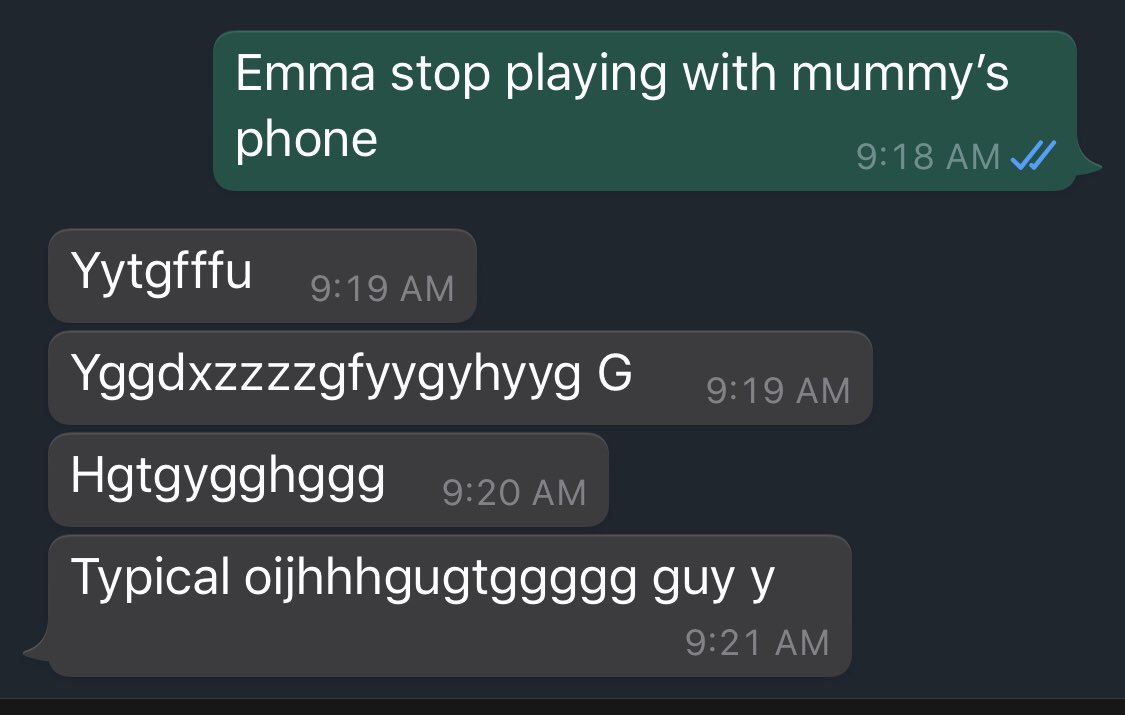
The person interviewed is no doubt severely misinformed (or ignorant) so no need to amplify her.
But it gives us an opportunity to reexamine what is UHC for us and how effective is the index. (This thread might be #unpopularopinion 😅)
But it gives us an opportunity to reexamine what is UHC for us and how effective is the index. (This thread might be #unpopularopinion 😅)
https://twitter.com/malaymail/status/1323025910707089408
WHO defines UHC as equitable access to HC without financial hardship. Some fancy math done & the index for us & neighbours are:
Malaysia 70
Indonesia 60
Singapore, Brunei & Thailand >80
Vietnam 73
Philippines & Myanmar 50
We are somewhere in the middle amongst SEA countries.
Malaysia 70
Indonesia 60
Singapore, Brunei & Thailand >80
Vietnam 73
Philippines & Myanmar 50
We are somewhere in the middle amongst SEA countries.
I think the UHC missed a crucial detail, not just physical or financial accessibility. But it must be timely.
Our demography & geography is so varied that UHC index of 70 doesn’t portray the full picture.
Our demography & geography is so varied that UHC index of 70 doesn’t portray the full picture.
In urban areas or bigger towns, access is not a problem. Plenty of anecdotal stories getting RT-ed about the ease of getting affordable HC (but even then, there r disparities among marginalised)
But the problem is when we look at rural areas, esp in East Malaysia.
But the problem is when we look at rural areas, esp in East Malaysia.
Folks in rural areas have a real struggle accessing HC in terms of physical access & this leads to HC services not obtained in a timely manner.
If we were to breakdown the UHC index to each state, I wonder what is our true HC coverage.
If we were to breakdown the UHC index to each state, I wonder what is our true HC coverage.
Our HC is good but we shouldn’t pretend there are no problems. And it’s time to seriously look at the these fundamental problems instead of just ticking a checklist from WHO to achieve a good UHC index. /end
• • •
Missing some Tweet in this thread? You can try to
force a refresh






